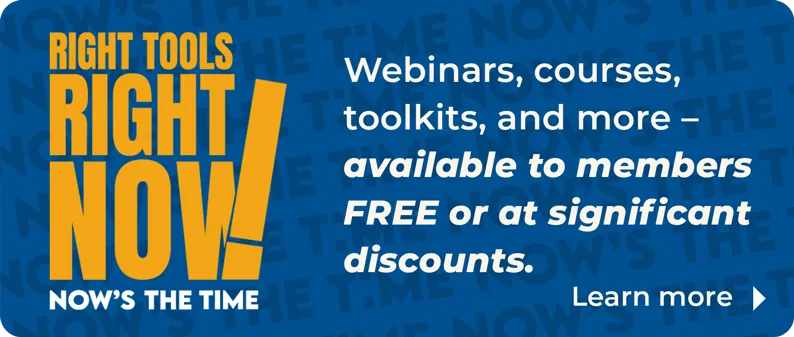The U.S. homeownership rate has slowly fallen in recent years to currently its lowest level since 1965[1]. After the recent housing downturn, it has been suggested that some are more hesitant to buy a home, and while data show that 74% of consumers think that it is a good time to buy a home, renters are less likely to think this than homeowners[2]. A majority of those who do not own a home also believe it will be very or somewhat difficult to qualify for a mortgage, given their current financial situation[3].
However, based on our study, there are affordable metro areas right now where renters earn enough income to qualify to buy a home even with a down payment lower than the traditional 20 percent[4]. While nationwide, 28 percent of renters have income to qualify for a home purchase, the top metro areas each had higher than 40 percent of renters who are qualified to buy. Comparing household income with qualifying income levels for renters in nearly 100 of the largest metro areas across the country, here are the top ten metro areas with the highest share of qualified renters for a home purchase and above-national hiring conditions[5]:
Many of the top ten markets are located in the Midwest and South – including three areas in Ohio. The median existing-home sales price in these two regions continue to be lower than the Northeast and West[6], and while many of these areas were slower to recover from the recession, improvements in their local labor markets in the past year have pushed their hiring levels to at or above the recent national growth rate.
Going one step further, the following visualization shows the top ten markets sorted by:
- Median household income[7],
- Qualifying income,
- Share of qualified renters,
- Extra income—the gap between the typical qualified-renter household income and qualifying income
Use the filters to see the top ten metro areas for each of the studied variables.
a. Sorting by Median household income (high to low) and above-national hiring conditions: The top ten markets are mostly located in the West (such as San Jose, San Francisco and Honolulu) where the share of qualified renters is low. With the exception of Washington, DC, nine of the top 10 markets have a share of qualified renters which is lower than the national level (28%). However, these small groups of qualified renters earn much more than the income needed to buy a home. For instance, in San Jose the median household income for qualified renters was $325,545 in 2015 while they need $246,784 for a home purchase. Thus, they earn $78,761 more than the qualifying income.
b. Sorting by Qualifying Income and above-national hiring conditions (high to low): It is no surprise that the list mostly includes markets with high median household incomes of qualified renters and a small share of qualified renters.
c. Sorting by Share of qualified renters and above-national hiring conditions (high to low): see analysis above.
d. Sorting by Extra Income and above-national hiring conditions (high to low): With the exception of Washington and Baltimore, the share of qualified renters is below the national level in these metro areas. Median household income of qualified renters in most of those market is above $100,000 while the qualifying income is $75,000 and higher.
Charts for all of the metro areas >
Charts for the top ten metro areas >
[1]According to the U.S. Census Bureau, the homeownership rate fell to 62.9 percent, which is the lowest since 1965.
[3] Ibid.
[4]Qualifying income in this study is based on a 3 percent down payment in each metro area’s median home price in 2015. Both Fannie Mae and Freddie Mac have 3 percent down payment programs, and Federal Housing Administration (FHA) loans require a minimum 3.5 percent down payment. The rankings of these metro areas would all hold under a 3.5 percent down payment assumption. Additionally, because this study considers income qualification, a lower down payment assumption leads to a smaller share of qualified renters, because income requirements are higher for lower down payments.
[5] National job growth rate for the period May 2015-May 2016 of 1.6% was compared to metro area job growth in the same time period.
[6] The median existing-home price in June 2016 was the lowest in the Midwest ($199,900) and South ($217,400) regions.
[7] In this study context, median household income refers to the median among qualified renters, only.








